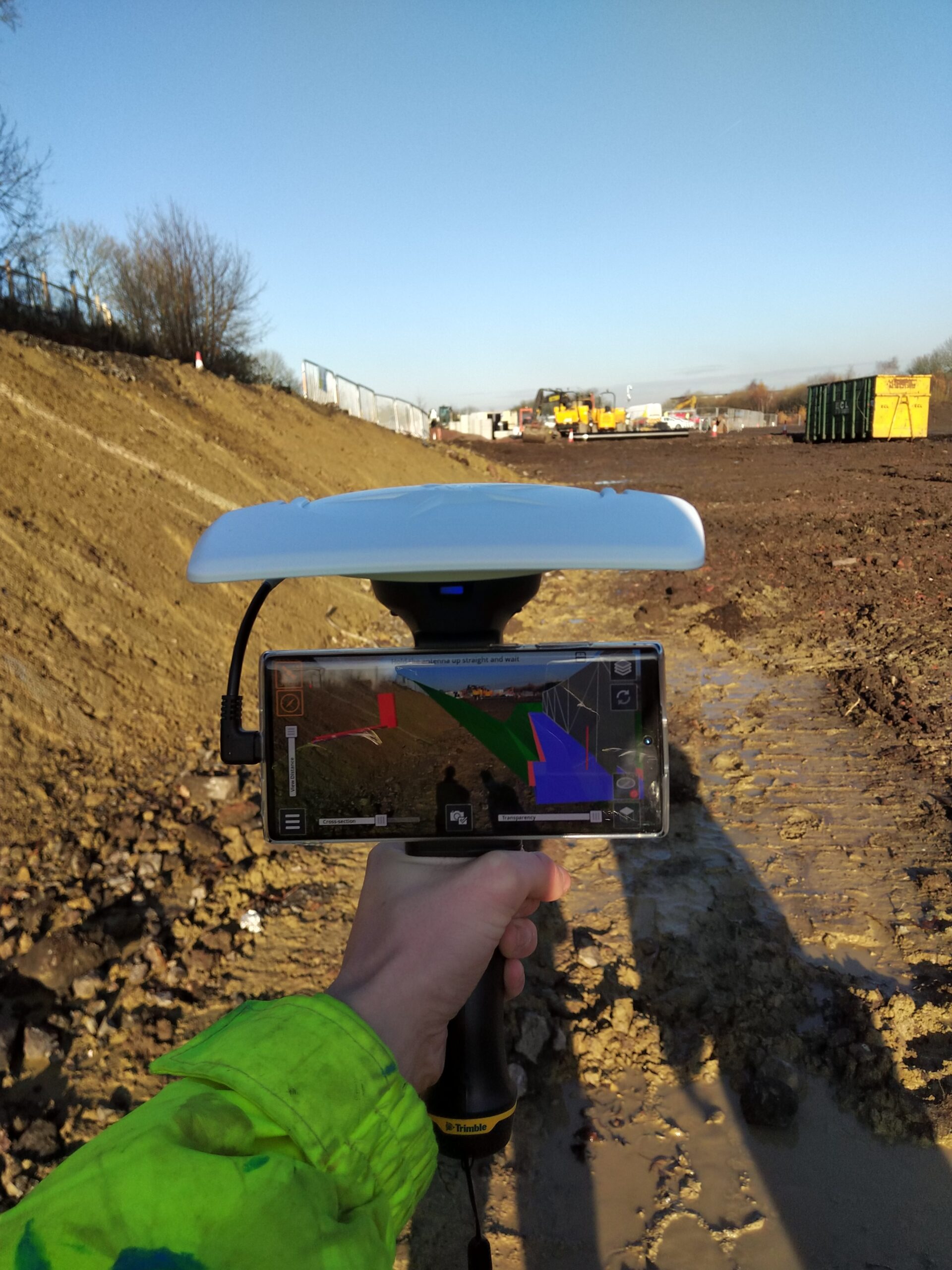
As in all industries, people are the most valuable assets to any company and new technologies, both in the office and on site, are streamlining tasks for many workers. However, for technology to work efficiently, ensuring employees are trained and confident with all operating processes is critically important. But, as many of us in the sector know, our industry has been notoriously slow to adopt a digitalised workforce.
We know that automation will lead the future of the construction industry and with the rapid advancement of AI, robotics and advanced software such as Building Information Modelling (BIM), seamless integration is essential. We have seen particular success in our investment in drones. Not only are they assisting our land surveying team, but we are able to achieve more accurate surveys and create realistic earthworks models, which help advance us both pre and post tender.
Our innovative approach to adopting the right tech means we have also invested heavily in GPS and 3D modelling for our excavator fleet: keeping our team ahead of the game and highlighting our commitment to embracing the new available technology. But this is only the beginning.
There are already numerous examples of autonomous technology being used in all elements of construction. From driverless vehicles, drone equipment and robotic machines, modern technology is simultaneously increasing efficiency whilst also improving the safety of those onsite.
To bridge the gap between existing industry professionals and those just starting out in their careers, firms need to ensure that their company is embracing innovation to keep their workforce as efficient and competitive as possible. But this is not always an easy task. Some teams may be more resistant to change, and whilst that is understandable, there are ways to approach it.
Be aware of your team’s resistance to change and have patience – not everybody learns at the same pace. Start small with your changes and be sure to provide plenty of support to those that need it. Whilst embedding new processes into a workforce, make sure there’s a clear channel of communication, and that employees feel comfortable coming to you with their concerns. Building a culture of trust will make these changes more accessible for everyone.
Although there is certainly a time and cost impact to integrating new practices into a business, for those looking to be ahead of the competition, you’ve got to lead the way with technology. However, to fully unlock the benefits of emerging technologies, tackling internal resistance must be at the forefront of every firm’s change initiative.
Want to find out how our tech-focused approach to construction can help get your project out of the ground? Get in touch with us online or email.


